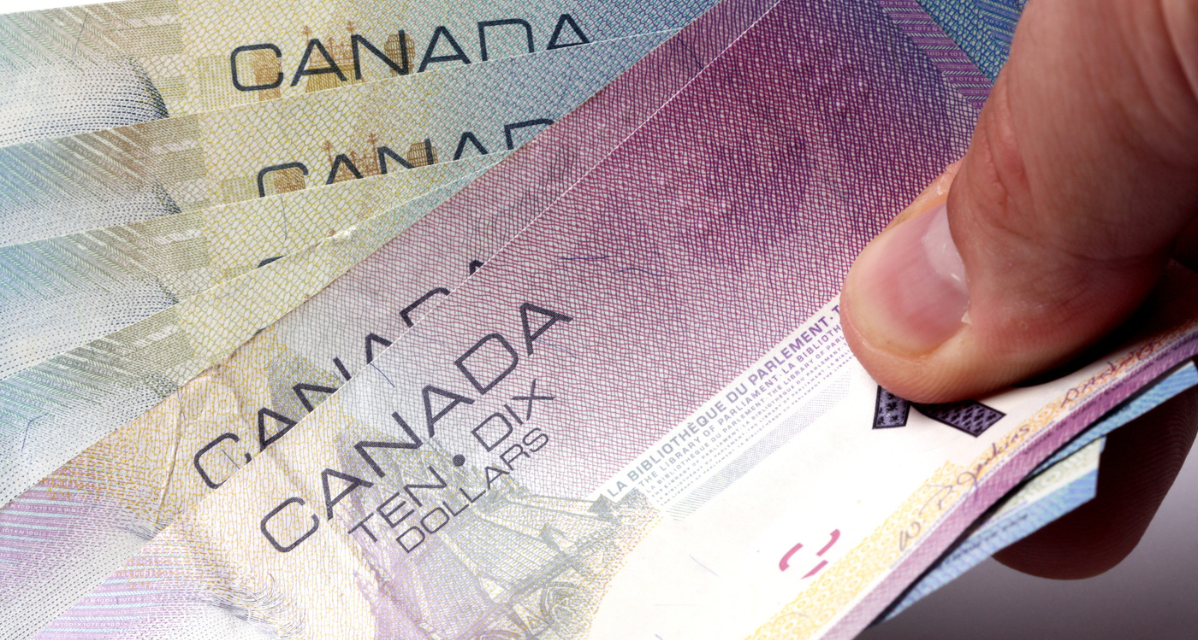Interest Rate Hiking Cycle Possibly Over

At the close of business last Friday, global equities were firmer on the week as US bond yields eased substantially in hopes the US Federal Reserve’s tightening cycle may have ended without the US economy falling into recession. The yield on the US 10-year Treasury note fell to 4.14% from 4.24% last Friday but traded as low as 4.05% after the release of the US employment report. The price of a barrel of West Texas Intermediate crude oil surged to $85 from $79.60 a week ago with the expectation that Russia will announce production cuts at an OPEC+ meeting next week. Volatility, as measured by the Cboe Volatility Index (VIX), declined to 13.3 from 16.5 last Friday.
CANADIAN ECONOMIC NEWS
Canadian GDP surprised to the downside in Q2, declining 0.2%. Expectations were for a rise of 1.2%. Our economy stalled in the second quarter of the year. We believe this will be enough for the Bank of Canada to stay on hold when it makes its next rate decision on September 6th.
US ECONOMIC NEWS
The next decision on rates by the Federal Reserve is scheduled for September 20th. There are several signs that would indicate the Federal Reserve will also pause and may be at the end of its tightening cycle. US Q2 economic growth was revised down to a 2.1% annual rate from an initial 2.3% reading last month. Job openings in the US declined to 8.8 million in July, down from 9.2 million in June, another sign that labour markets are rebalancing. On the other side of the scale, US core PCE inflation rose 4.2% in July from 4.1% in June, while personal spending rose a robust 0.8% in July, a sign of continued buoyant consumer demand.
A significant uptick in the number of people looking for work sent the US unemployment rate higher in August, jumping from 3.5% to 3.8%. The bankruptcy of a large trucking company cost 37,000 jobs in that sector while 17,000 were put out of work by the Hollywood writers’ strike. Non-farm payrolls rose slightly more than expected in August, by 187,000, though a downward revision to the prior two-months’ data subtracted 110,000. The Fed will take comfort in the increase in the labor force participation rate as a sign that labor markets are coming into better balance. The participation rate rose to 62.8%, the highest since the onset of the pandemic. Average hourly earnings rose 4.3% year over year last month, slower than July’s 4.4% pace. Odds of a further Fed rate hike before the end of the year fell on this data and stand at around 35%.
European Economic News
Despite euro zone inflation rising a faster-than-expected 5.3% in August, comments from the reliably hawkish Isabel Schnabel, a German member of the ECB executive council, sent the odds of an additional rate hike by the central bank sharply lower on Thursday. Schnabel said that recent economic developments “point to growth prospects being weaker than foreseen in the baseline scenario.” Markets took the remark as a sign that the ECB is near, if not already at the end, of its tightening cycle. ECB Vice President Luis de Guindos mirrored Schnabel’s comments, saying the ECB is in the final stretch of rate hikes and that data signal weaker activity in Q3 and perhaps into Q4.
JAPAN, CHINA and EMERGING MARKETS ECONOMIC NEWS
Amid continued signs of slowing economic growth, Chinese authorities undertook several additional steps this week to shore up confidence, though the moves are seen as incremental and insufficient to turn the economic tide. Among the shifts made this week is the halving of a transaction tax levied on stock purchases, a lowering of reserve requirements, decreasing down payment requirements on first- and second-time homebuyers and a cut to mortgage rates paid by existing first-time home buyers. In August, China’s manufacturing PMI rose to 49.7 from 49.3 in July but remained in contraction for a fifth straight month. The composite PMI edged up to 51.3 from 51.1.
Dat released this week shows that demand from China is affecting other Asian economies. Japanese industrial production slumped 2% in July while production in South Korea contracted the same amount. South Korea also reported an eleventh straight monthly decline in exports.

